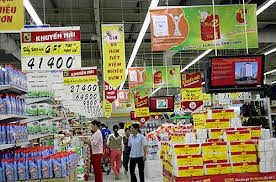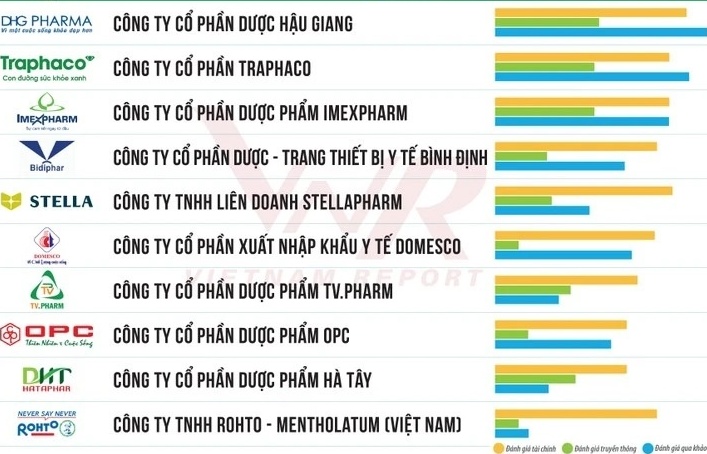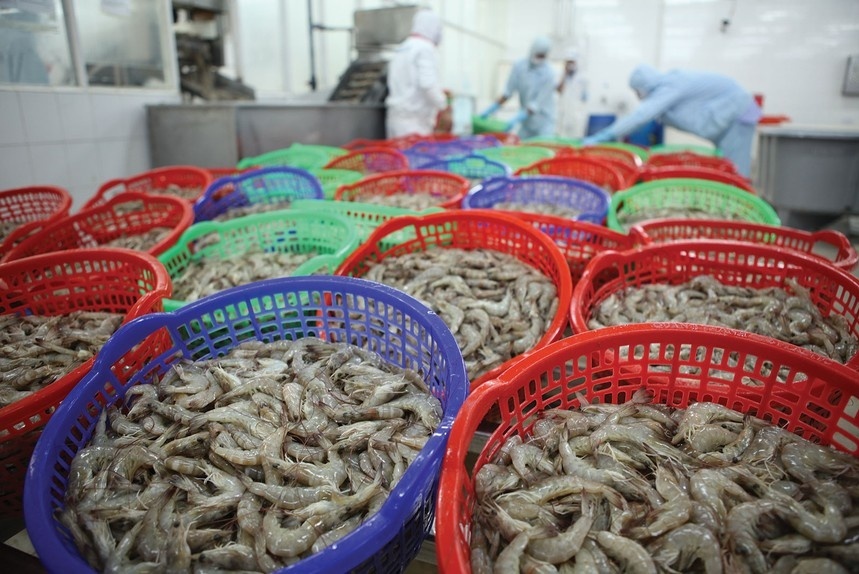CPI data points to a slid into deflationary woes
 The General Statistics Office (GSO) last week reported that Vietnam’s consumer price index (CPI) in July declined for the second consecutive month, by 0.29 per cent against June, recording the lowest on-month decrease since 2004. In June, the CPI descended 0.26 per cent on-month.
The General Statistics Office (GSO) last week reported that Vietnam’s consumer price index (CPI) in July declined for the second consecutive month, by 0.29 per cent against June, recording the lowest on-month decrease since 2004. In June, the CPI descended 0.26 per cent on-month.
The GSO’s Pricing Department head Nguyen Duc Thang said the sharp on-month declines in the prices of three key commodity groups, food-restaurant services (down 0.47 per cent), housing-water-electricity-fuels-building materials (down 0.93 per cent) and transportation (down 2.71 per cent) were behind the trend.
“The situation is bad. I think Vietnam’s economy has begun to depress. Deflation has also begun,” said Doan Cong Khanh, director of the Ministry of Industry and Trade’s Centre for Trade and Environment.
Khanh told VIR while the economy was expected to rise 5.2 per cent this year, which would be the lowest increase level since 2000, the CPI was expected to continue further dropping over the next three months. “It is because almost all local enterprises have no capital for production and people’s purchasing power has been slashed,” he said.
For instance, narrowed production and big business difficulties have forced Japanese-backed electronics equipment maker Uniden Vietnam Company in northern Hai Duong province to sack its 2,200 workers.
In another case, Nguyen Huy Mao, director of US-backed animal feed maker Cargill Vietnam’s northern region, told VIR the business region’s revenue had fallen 15 per cent over the past four months due to farmers’ husbandry business failures and global feed material price hikes.
“July’s CPI has reflected the economy’s ever-escalating difficulties. For instance, the animal feed market is going down. Two months ago, we forecast that this difficulty would last until October, but now we forecast it will last until December and even after the the national festive holiday Tet,” Mao said.
Hanoi Supermarket Association chairman Vu Vinh Phu said the average revenue of Hanoi-based supermarkets in this year’s first seven months had dropped 15-20 per cent on-year.
The Ministry of Industry and Trade reported that the inventory of many sectors in this year’s first half remained very high as compared to last year’s corresponding period, with the cement sector (up 29.3 per cent), the paper and pulp sector (up 15.6 per cent) and the beverage sector (up 23.8 per cent).
What the stars mean:
★ Poor ★ ★ Promising ★★★ Good ★★★★ Very good ★★★★★ Exceptional
 Tag:
Tag:
Related Contents
Latest News
More News
- Logistics promise for foreign investors (October 17, 2024 | 16:02)
- Ensuring technological progress in northern midlands and mountainous regions (October 10, 2024 | 09:00)
- Manufacturing production suffers after Typhoon Yagi (October 01, 2024 | 17:11)
- Vietnam’s economy on track for 6.5 per cent growth despite Typhoon Yagi, says HSBC (October 01, 2024 | 16:46)
- Vietnam urges China to expand market access for agricultural products and strengthen trade ties (October 01, 2024 | 16:42)
- IMF predicts Vietnam's economic growth to reach 6.1 per cent in 2024 (September 30, 2024 | 18:26)
- Deli Group breaks ground on $270 million factory in Hai Duong (September 30, 2024 | 18:17)
- Government considering tax on multiple properties (September 27, 2024 | 20:17)
- Accuracy more vital than ever in dawn of AI (September 26, 2024 | 20:44)
- Vietnam remains attractive destination for US businesses (September 26, 2024 | 20:23)


























 Mobile Version
Mobile Version